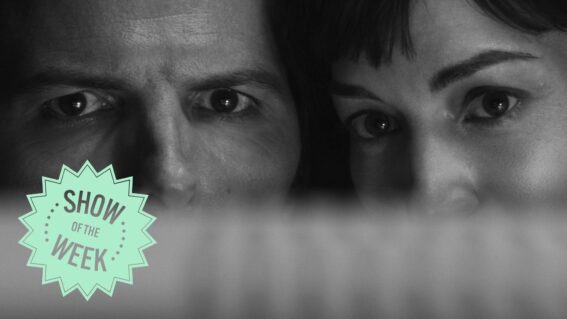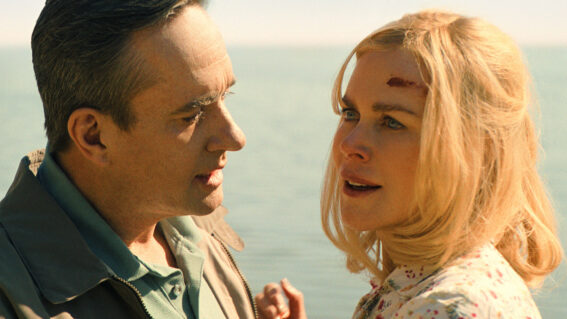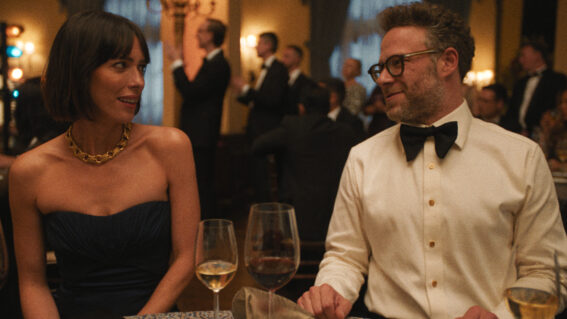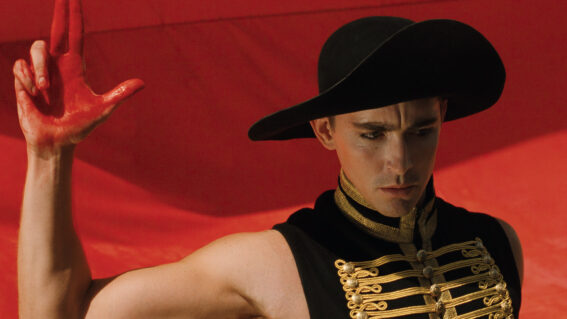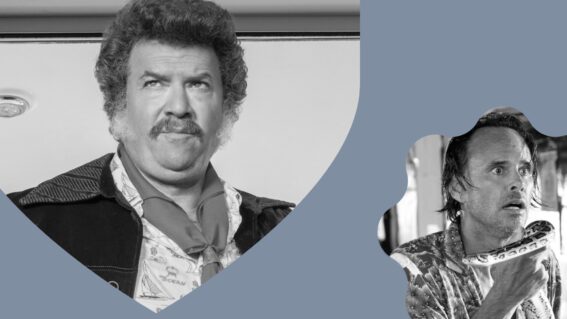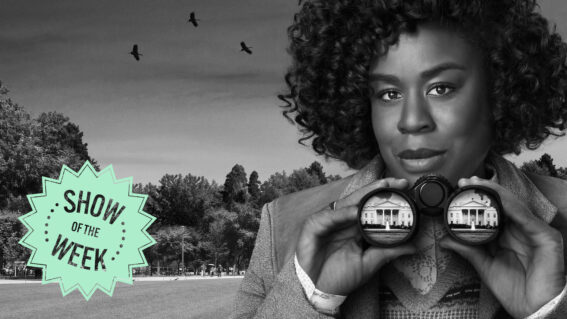HBO’s How To with John Wilson documents life through a unique, comedic lens
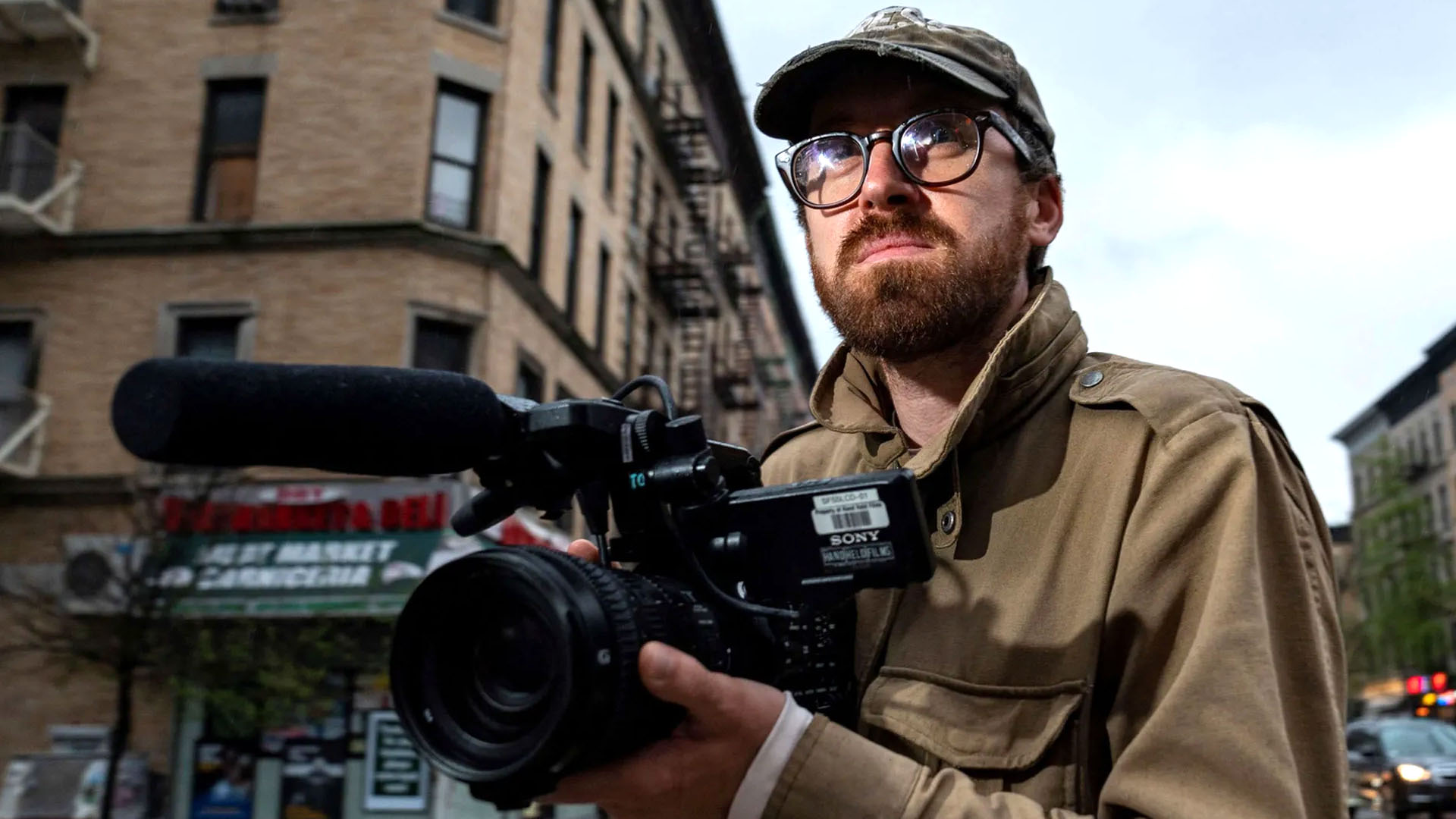
John Wilson has drolly explored his surroundings in New York City for what’s now three seasons on HBO. Watching How To, you’ll constantly be thinking “How did he get that shot,” never mind “How did he convince people to sign a clearance form”, writes Tony Stamp.
An interesting tension hums around a certain type of show that interacts with ‘real people’. Candid Camera began in the 60s (and ended in 2014), before public tastes and the advent of smartphones meant the public’s taste for this sort of thing became more finely tuned. Borat used its subjects to make political points (or just gross them out), Eric André stages elaborate pranks where the public isn’t the butt of the joke, (but are presumably traumatised by what they witness), and Billy on the Street just kind of yells at people in NYC in a way they’re probably used to.
When Nathan Fielder began Nathan For You (off the back of similar stints on Canadian TV), he took advantage of the reality TV format to sign people up and test how much weirdness they’d endure. So when Fielder’s name showed up in the credits for How To with John Wilson (and was used to promote the show), viewers had an idea of what they might be getting into.
Wilson is a very different beast though, and while he shares a willingness to let marks implicate themselves on camera and sit in the resulting awkwardness, on the whole, his show has a much more generous approach and worldview.
The key work in Wilson’s past might be the film he made at college about a balloon fetish community, foreshadowing an interest in niche groups. He went on to helm documentaries about David Byrne and the Sundance film festival, which came to Fielder’s attention, and led to their collaboration.
Wilson had been making a name for himself on Vimeo with a series of How To videos. With titles like How To Live With Regret, they featured collaged footage he had collected in New York, with the filmmaker providing droll voiceover, every “um” and “uh” intact. When the show was adapted into television with the help of Fielder and HBO, it was basically identical to what he’s been making for years, despite the addition of writing and camera staff.
Episodes begin with Wilson saying “Hey New York”, and proceed to show a montage of images you could only collect with a lot of patience and fortitude. The show’s first episode, How To Make Small Talk, begins with footage of people in conversation on the city’s streets as Wilson monologues on the importance of talking.
As he says “failure to know how to engage properly could condemn to a life of social alienation”, there’s a slow zoom into a shop mannequin, slumped in a car’s passenger seat, its head partly covered by a jacket. He continues, “but it can be extremely rewarding if you know how to do it right”, (cut to another mannequin’s head in a shop window, smiling), “so instead of making people take on the full weight of your problems”, (cut to two guys lifting a third mannequin up from its slumped position), “stick with me, and I’ll make sure every talk you have from here on out is small talk” (the two guys drag the dummy down the road as if it were a person).
That happens within the show’s first minute, as it teaches you how to watch it. The humour is bone-dry and knowing, and the visual puns always surprising. Watching How To, you’ll constantly be thinking “how did he get that shot,” never mind “how did he convince people to sign a clearance form”.
Wilson had already been doing this for years before a network came calling, and so possessed a large backlog of material to draw on. He’s said episodes are scripted first, then his team will go out to capture additional footage that matches what they’re after. During that process, as happens when you’re dealing with real life, the script and throughline will completely change.
He has a willingness to approach people, and open doors (episode one literally has a montage of doors opening with surprising things on the other side). And when he does pause to interview someone, it’s done respectfully, with genuine curiosity.
If you thought the Admin swipe was bad in Among Us, @howtojohnwilson caught me having trouble with a Metrocard swipe IRL 😅
Has it ever happened to you, @kvanaren or @vulture?https://t.co/ljmdtySH4g pic.twitter.com/9El4HRPtAj
— Kyle MacLachlan (@Kyle_MacLachlan) October 30, 2020
In that same episode, he heads to Cancun for Spring Break (an anomaly in the show’s usual focus on NYC). He keeps running into a guy named Chris, who we can tell is both put-off and intrigued by the guy filming him. Eventually, they wind up chatting on the beach, as Chris downs a Monster Energy drink.
The younger guy displays some light misogyny, but Wilson’s gentle probing gets at its source, as Chris’s ennui becomes clearer. The conversation turns to childhood pets they lost, and eventually, Wilson mentions a friend of his who recently died in a car accident. At first Chris looks suspicious, but soon asks “Yo, is that real?”
“Yeah” responds Wilson, and Chris shows genuine sympathy, then confesses he just lost a friend to suicide.
It’s a jaw-dropping moment, as you feel the jokey show you’re watching become something much more serious. Not every interview is that revelatory, but Wilson maintains the balance between playful and profound throughout the series.
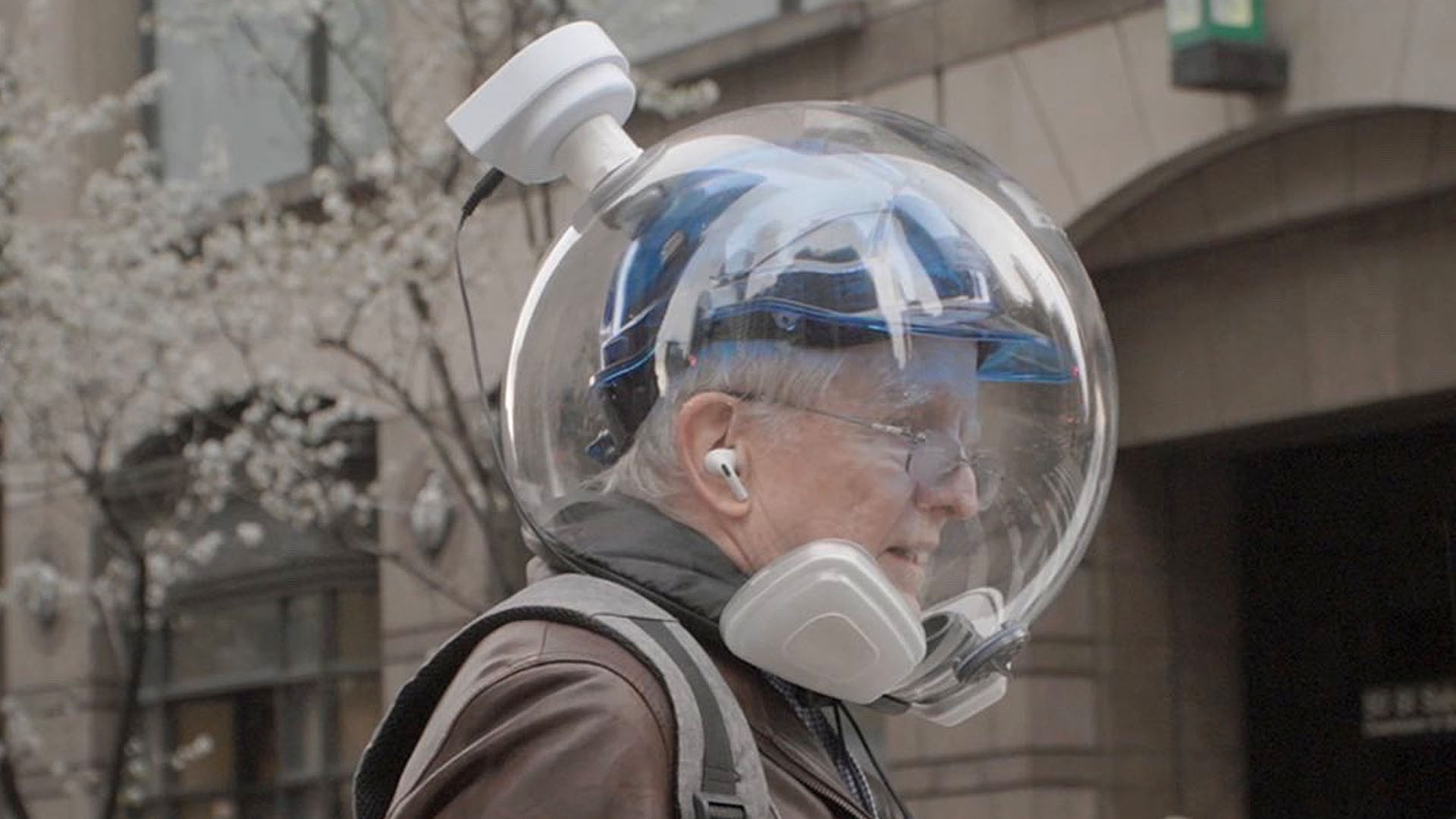
The first season ended with the arrival of COVID, and as the accompanying dread enveloped the programme, we meet Wilson’s landlady, a senior citizen he’s increasingly concerned about. It’s a very moving episode, capturing the uncertainty of that time much better than other TV shows managed to do.
Other instalments feature a support group of Avatar fans who want nothing more than for James Cameron’s alien epic to be real, and the planet Pandora to be somewhere they can actually go. Again, he just lets them speak, and lets the reasons they might not be happy with the planet they’re on hang in the air.
He also meets a man trying to re-grow his foreskin. The guy has a patented device for the task, which he demonstrates in extremely explicit fashion. This is HBO, after all.
#HowTowithJohnWilson pic.twitter.com/2nPyGJz5St
— How To with John Wilson (@howtojohnwilson) November 14, 2020
In the first episode of season three, How To Find a Public Restroom, Wilson visits a sewage treatment plant (shown in similarly unflinching detail), and talks to staff there. The show isn’t above a bit of shock humour—reasonably disgusting things contrasted with cheerful workers—but by and large, they’re treated with dignity.
In press for this final season of the show, Wilson has encouraged people to not view it as an ending. This is a man who’s been documenting his surroundings since he was a teenager, and I imagine it will continue in some fashion, just maybe on a different platform.
He also said the show will increasingly be about the show, and how it’s made, which is highly intriguing. The behind-the-scenes aspect of this sort of thing is often the most mysterious, but it’s fully in character for John Wilson to peel away those layers.
He very rarely appears on screen, aside from the moments his camera catches him in a reflection, so it seems an appropriate finish for him to—in one way or another—turn the camera on himself.



